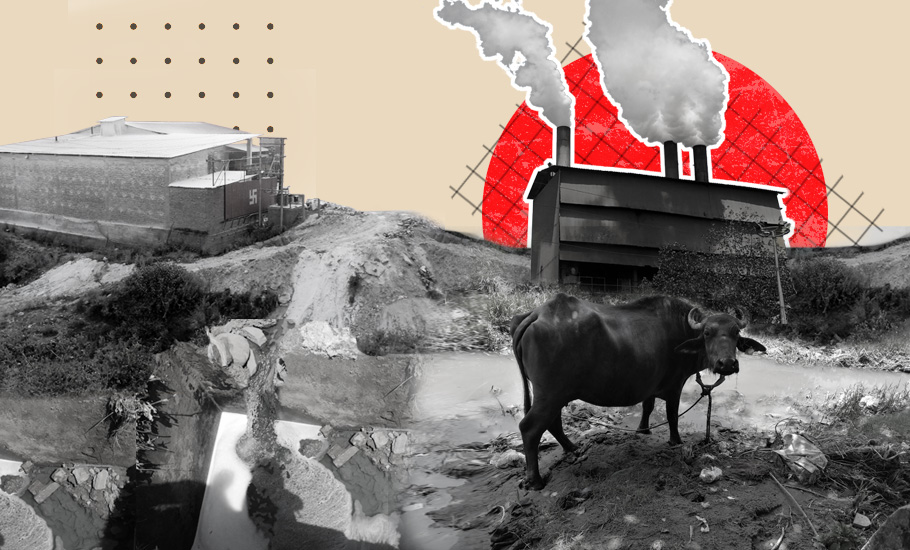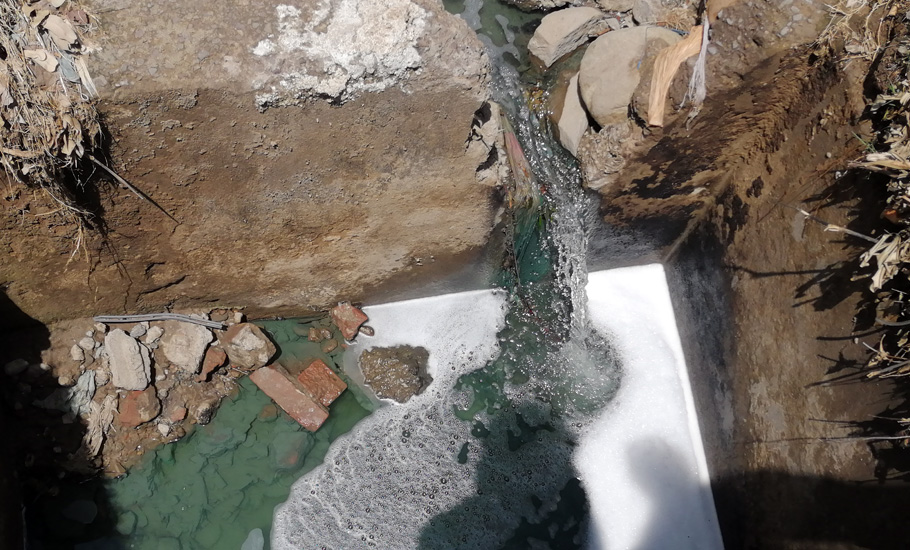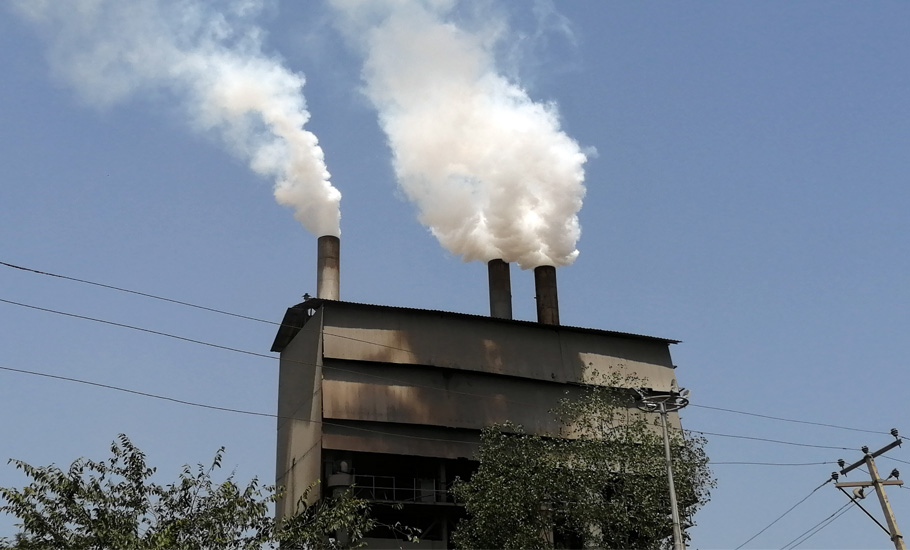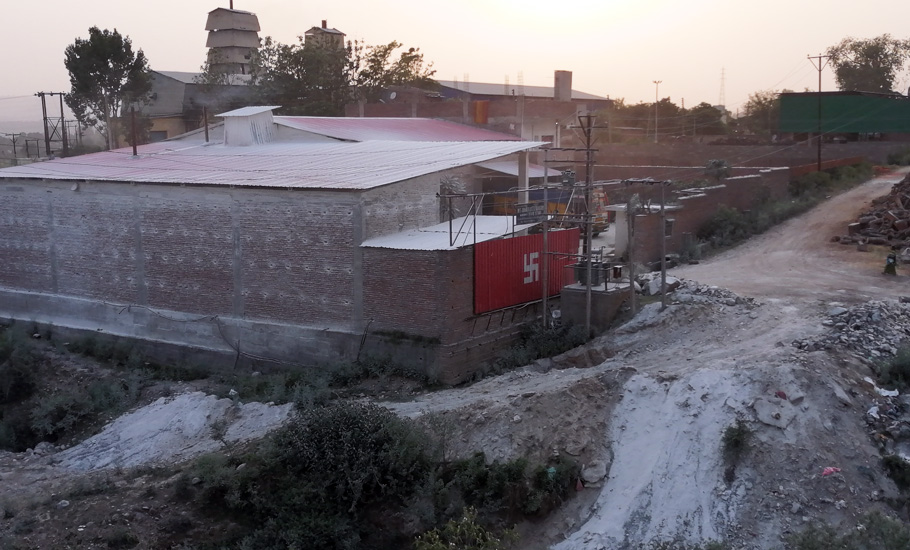
- Home
- India
- World
- Premium
- THE FEDERAL SPECIAL
- Analysis
- States
- Perspective
- Videos
- Sports
- Education
- Entertainment
- Elections
- Features
- Health
- Business
- Series
- In memoriam: Sheikh Mujibur Rahman
- Bishnoi's Men
- NEET TANGLE
- Economy Series
- Earth Day
- Kashmir’s Frozen Turbulence
- India@75
- The legend of Ramjanmabhoomi
- Liberalisation@30
- How to tame a dragon
- Celebrating biodiversity
- Farm Matters
- 50 days of solitude
- Bringing Migrants Home
- Budget 2020
- Jharkhand Votes
- The Federal Investigates
- The Federal Impact
- Vanishing Sand
- Gandhi @ 150
- Andhra Today
- Field report
- Operation Gulmarg
- Pandemic @1 Mn in India
- The Federal Year-End
- The Zero Year
- Science
- Brand studio
- Newsletter
- Elections 2024
- Events
- Home
- IndiaIndia
- World
- Analysis
- StatesStates
- PerspectivePerspective
- VideosVideos
- Sports
- Education
- Entertainment
- ElectionsElections
- Features
- Health
- BusinessBusiness
- Premium
- Loading...
Premium - Events

How industrial pollution ruined farming for Udhampur villagers
Farmers in Udhampur district have been upset by industries polluting water sources. And the authorities do not seem eager to take any action.

Until 2015, Krishan Lal Khajuria, 80, a farmer of Sountha Panchayat in Jammu and Kashmir’s Udhampur district would grow the traditional 370 variety of Basmati rice in his around-10-kanal (1.25 acre) land. Sountha Panchayat to the south of Udhampur town is inhabited by some 4,000 people, of which 900 are voters. The 80-year-old farmer would also grow vegetables such as knol khol (Kadam Saag...
Until 2015, Krishan Lal Khajuria, 80, a farmer of Sountha Panchayat in Jammu and Kashmir’s Udhampur district would grow the traditional 370 variety of Basmati rice in his around-10-kanal (1.25 acre) land. Sountha Panchayat to the south of Udhampur town is inhabited by some 4,000 people, of which 900 are voters.
The 80-year-old farmer would also grow vegetables such as knol khol (Kadam Saag in Kashmiri and Dogri language), cabbage, cauliflower, mustard, onion, radish, carrot, ladyfinger, chilly, ridge gourd, bitter gourd, pumpkin, bottle gourd etc. to earn a decent living for his family.
“My income from the sale of these cash crops used to be in between ₹5-6 lakh per annum even without road connectivity and means of transport in our village,” he says.
But in 2015, a crisis hit his farm. The rice ears of his standing crop turned white at the time of crop maturity. Initially, he thought it was a disease. But when he checked the crops of other farmers, he found the rice ears unharmed by the “disease”.
Since Khajuria’s 24kg sown paddy saplings got damaged that year, he says, he didn’t eat for 3-4 days.
“The next crop I grew was radish. It also got ruined over the next few months. By then, my fields too had started stinking. To clear doubts, I visited the rivulet—Bley Nallah—that flows beside our village, and found that its colour had turned dark blue from transparent,” claims the elderly farmer who was irrigating his fields with the contaminated water.
Khajuria then approached the Deputy Commissioner (DC) Udhampur for latter’s intervention to stop the discharge of “untreated” industrial wastes into the rivulet. The DC sent a team of agricultural experts and the Pollution Control Board to examine the crop and water samples.
When the report came, he was shocked to the core, as the team concluded that his crop was damaged due to some disease and not the polluted water of the nallah.
Khajuria is confident that the joint team “might have been bribed heavily by the owners of various chemical and cement industries” which were discharging ‘untreated’ wastes into the nallah.
What authenticated Khajuria’s belief?
Since 2015, several farmers in Sountha, Balliyan, Khrooni, Rathian East and Loundana panchayats—inhabited by around 15,000 people who are heavily dependent on agricultural produce—also started complaining about crop losses, skin problems and breathing complications due to the industrial pollution.
To look into their allegations, the then-General Manager, Department of Industries and Commerce (DIC), Udhampur, in 2017, constituted a joint panel of agriculture department and Pollution Control Board to assess the impact of industrial pollution, if any, on the adjoining area under agriculture.

The committee studied crop from 2 marla (544 sqft) near the industrial area and concluded on December 15, 2017: “the yield obtained was 6.100 kilogram/2 Marla (12.2 quintals/hectare) against the average yield of the crop as per the revenue crop cuts of 18.3 quintals/hectare and department crop cuts of 25.9 quintals/hectare… The decreasing trends in yield loss is due to pollution from cement industries in particular and other allied industries in general (sic.).”
“Moreover, the sample of Mash crop analysed by Plant Health Clinic, Jammu, report the incidence of Mites, Aphids and dust particles on the crop (sic.),” the panel concluded.
The committee also revealed that the results of soil samples of Kharif-2015 collected from adjoining/peripheral areas of Industrial Estate Battal Ballian also recorded “value of PH reduced from normal to slightly acidic”.
“These all parameters prima facie point towards the ‘pollution problem’ that one of the causes of decreasing trends in yield as that of average values in the area of concern (sic.),” the panel said.
Fateh Singh, a 70-year-old crusader and RTI activist of Khrooni panchayat, who has led several protests/campaigns against the industries operating in Battal Ballian village, says: “Despite verifying it on their end that the industries are actually posing a grave threat to the crop yield, humans lives, reptiles, fishes, ground water sources, and cattle, the district administration has so far not shifted the industries to some other safer alternative sites.”
Crop losses not sole issue
A fire that tore through a chemical factory in Battal Ballian village recently exposed an imminent threat that the industrial estate, with 66 small and large units—out of which 22 are in red category—is posing to the environment and people.
The flames from Dhanuka Agritech—the largest unit manufacturing agrochemicals in Udhampur—on May 28, spread to around 3-4 km area. It took 8 fire tenders and a team of Indian Air Force three hours to contain the flames. No casualty or injury was reported.
Villagers claim had it not been for the IAF team, the fire would have caused massive damage to the five panchayats surrounding the industrial area.
Since the devastating fire gutted the pesticide unit, people of the five panchayats have been protesting to get the industrial site, that is set up over an area of 1,051 kanals (53.16 hectares), shifted to some safer site.

Gopal Krishan Sharma, a 60-year-old farmer, had to migrate from Bley village to Khrooni panchayat post the fire, leaving his agricultural land uncultivated this year.
“What would I do with my piece of land if I cannot irrigate it with the rivulet water or if I’m at constant risk of getting life-threatening diseases due to the industrial emissions?” asks Sharma. Khrooni, his new location, though is no safe zone.
According to him, until 2013, he grew 1-1.5 quintal of cocoons that would fetch him good income. “But when the chemicals started seeping into the soil and the mulberry plants, the leaves that we were fed to the silkworms started withering. After seeing this happening for two years, we stopped growing cocoons in 2015.”
Madan Lal Bhagat, sarpanch (headman) of Sountha village, claims beside agricultural and sericulture crop losses, all the fish, snakes, and other reptiles have disappeared from the 6-7 km Bley Nallah, that starts from outside the Dhanuka Chemical factory and meets Tawi River at Kattal area in Roun Domail Village of Udhampur district.
Around 10-15 Bowlis (groundwater springs) in Danna Morha, Sountha, Lehri, Thill and Bley villages too have got completely polluted due to the seepage of industrial waste into water sources, say panchayat heads.
Farmer Vikas Sharma owns 50 kanals (6.25 acres) of fertile agricultural land at Sountha. He too stopped growing paddy since 2015 due to contamination of water. He is now cultivating maize and bajra that can grow without irrigation.
In Khrooni and Balliyan panchayats as well, hundreds of animals have died due to the consumption of dirty water, says Mukund Lal, the in-charge sarpanch of Khrooni panchayat. “But our people don’t let the authorities complete the legal formalities of their dead animals.”
Lal claims the water of famous Loundana Bowli in Loundana Panchayat has also started stinking due to the seepage of untreated industrial effluents into the bowli. It is said that the water of this bowli was used in the past to cure skin ailments and people from across the country would come to take a bath over there.
“But now the water of this bowli is not even worth animal consumption,” says Mukund Lal.
Rakesh Sharma, 35, who lives by the side of Dhanuka Chemical Factory in Balliyan village and works in a steel manufacturing unit, has developed untreatable skin rashes, mostly on and around his private parts and arms.
“I have consulted several dermatologists in Udhampur and Jammu but to no relief of mine,” says Sharma as he shows the red-coloured patches on his skin.
Rakesh Kumar, 26, has an infection in his eyes allegedly due to air pollution. He, however, has not consulted any doctor yet.
“Not just 2-3 people,” says Lal, who himself has breathing complications, “Most of the people—particularly elders and children—have serious breathing issues in all the five panchayats surrounding Battal Ballian industrial estate.”

Panchayat to PMO, knocked every door
From panchayat to the Prime Minister’s Office (PMO), the villagers have knocked on every door to get the industrial estate shifted.
On January 20, 2015, the Rathian panchayat members passed a resolution seeking installation of some pollution control units in the industrial estate and sent a copy to the Prime Minister’s Office (PMO).
On April 23, 2015, the PMO asked the state chief secretary to take appropriate action.
But activist Fateh Singh says: “We got only disappointment.”
Besides the panchayat and the PMO, residents have written to almost all authorities, including the Divisional Office of Jammu and Kashmir State Pollution Control Board, SHO, SSP, Chief Agriculture Office (CAO), District Development Commissioner, Commissioner Secretary Industries and Commerce, and others.
“All we have got from these offices is disappointment,” says Singh.
Officials’ response
Sandeep Jain, the manager of Dhanuka Agritech, said he was “not authorised to speak on this issue”.
Amit Dubey, HR and spokesperson of the unit, says: “Villagers’ allegations that we’re polluting the rivulet are completely baseless and devoid of facts. Ours is a ‘zero-discharge unit’ and we’ve installed all the pollution control devices in our unit.”
“Moreover, our industry is not functional since the fire gutted it last month,” he said, adding, “So there is no question of our unit polluting the rivulet.”
Deepak Abrol, the Divisional Officer, J&K SPCB Udhampur, told The Federal, that he had taken charge only six months back, and “in this period, I have never been approached by any farmer in person or through deputation. How would I know about the difficulties they’ve been facing?”
On being asked how many industries he has challaned as on date for the violation of norms, he said: “In Battal Ballian area, including Dhanuka Agritech Limited, that got razed to ashes in a fire incident last month, we had four pesticide and chemical manufacturing units. They all are maintaining the safety related equipment and treating their industrial effluents effectively.”
General Manager, Department of Industries and Commerce (DIC), Udhampur, Pankaj Anand, says: “It might be possible that the concern of the villagers is genuine and I strongly believe that they have all the rights to approach the higher authorities to get their issues redressed.”
“But my mandate as a General Manager of DIC is to promote the growth of industries in Udhampur district, provide employment opportunities to unemployed educated youth and check the violations on part of the owners of the industrial units, if any.” he says.
Time to time, Anand says, the DIC has been conducting audits of fire safety and pollution control devices installed in the industrial units “and the faulting units are being challaned”.
There are around 2,000 families, mostly locals, getting direct employment from the Udhampur based industrial estate, the GM, he says.
“Closing these units or shifting the industrial estate seems a bit confusing. But strict adherence to safety guidelines is a possible way out and we’re leaving no stone unturned to make that possible,” he said.
The land for the establishment of the Battal Balliyan industrial estate was transferred to DIC in 90s.
“Over the past 30 years, several units have been established there, of them 74 functional. So, we cannot take any harsh decision in haste. A better conclusion, I believe, can be drawn only by the higher ups and that too after due deliberations with all the stakeholders,” he says.
